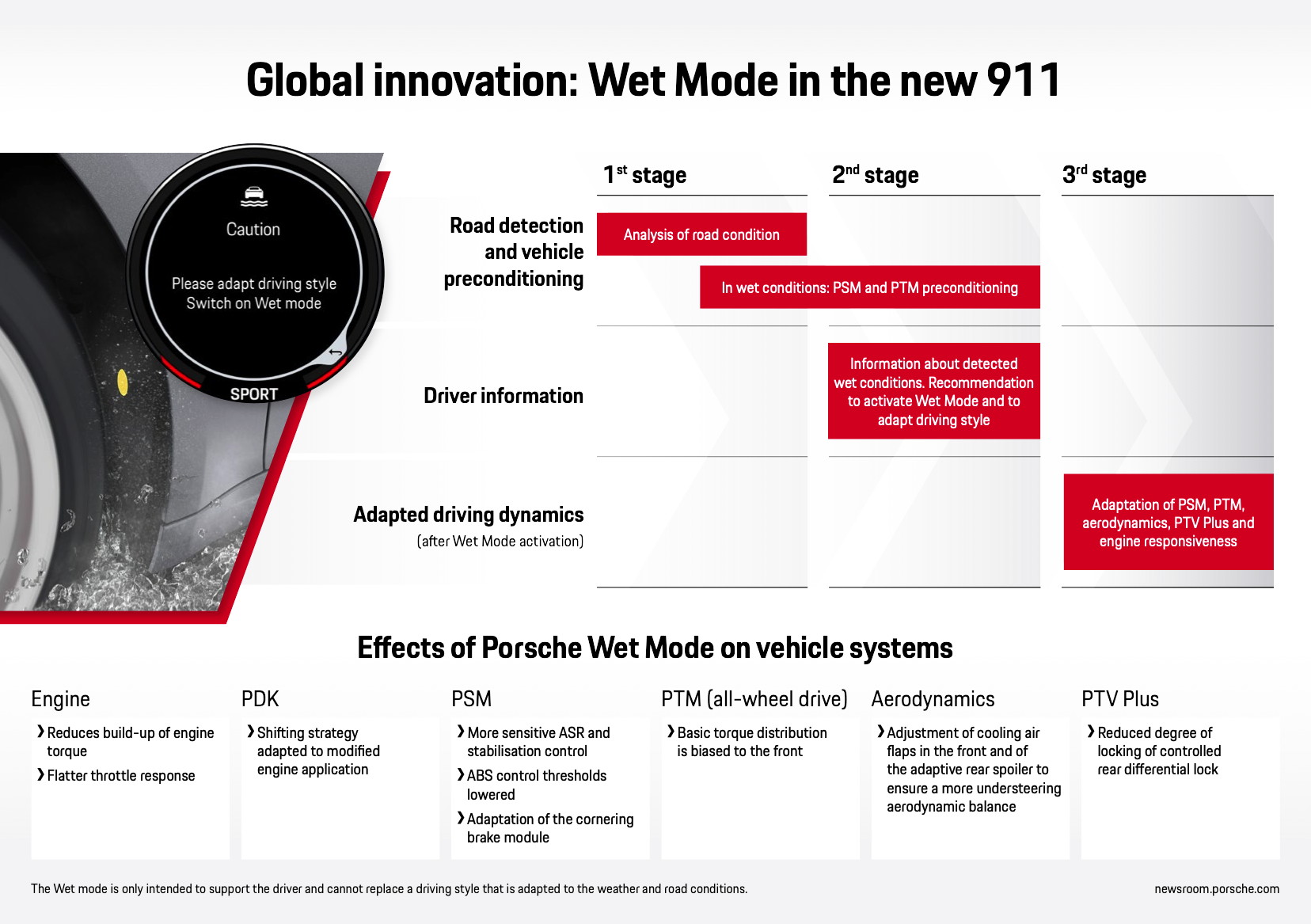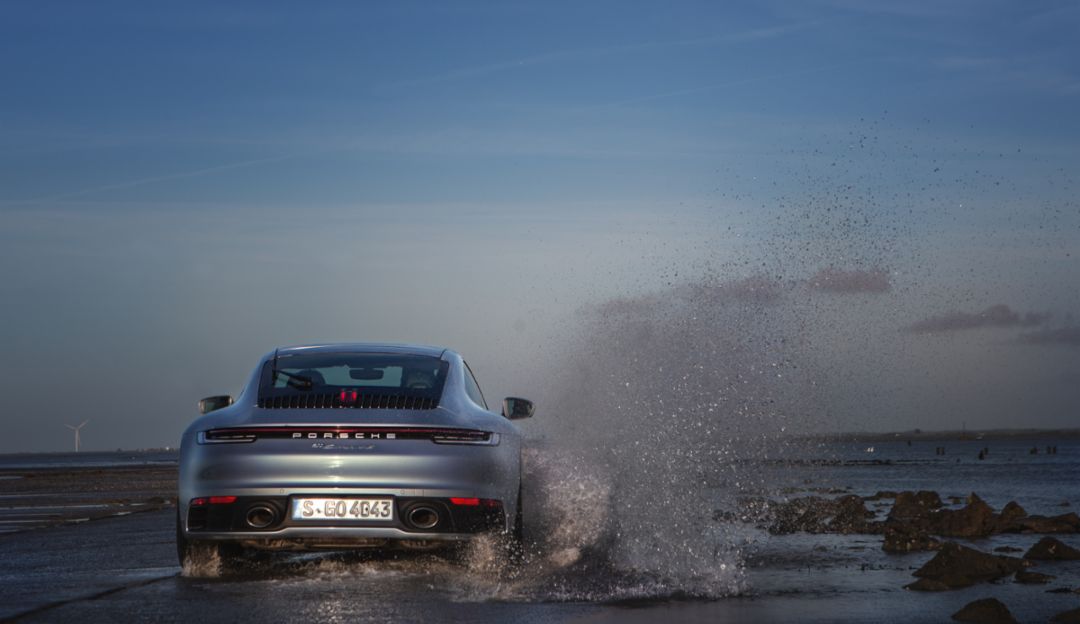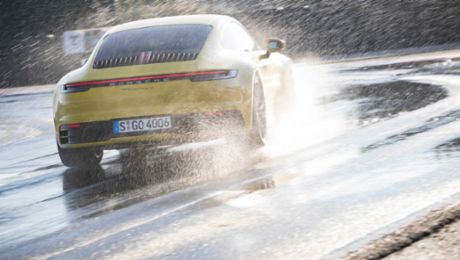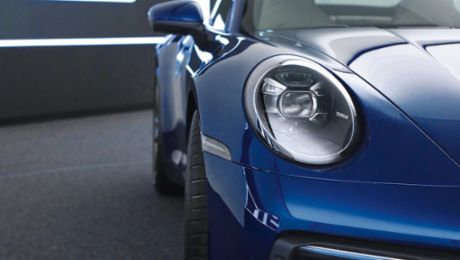The waves of the Atlantic Ocean break thunderously on the cliffs. Seagulls croak in the distance. Below the quay wall a road leads directly into the ocean and ends nowhere. A little further behind, a few traffic signs are still jutting eerily out of the water.
Around 450 kilometres south-west of Paris or more appropriately, only 250 km from Le Mans, lies one of the strangest roads in the world: the Passage du Gois. It connects the island of Noirmoutier with the French mainland over a total length of almost 5 km in the Bay of Biscay. At low tide it is a road like any other — at high tide it disappears.

"Some challenge the passage over and over again. You can see where this can end here ...", says oystercatcher Gérard Moreau, pointing to pictures of stranded and half sunken cars. "I often came to this place with my parents when I was a small child, it fascinates me to this day".
"Once a friend was surprised by the tide. Only one kilometre from the island he had to leave his car at the end. Fortunately, he was a good swimmer and managed to get back to land on his own. His car sank completely into the sea".
People like Gérard Moreau have lived with the Passage du Gois for decades. You have to bow to the tides here. The incipient tide is both hard to see and to hear. At least for humans. The new 911 with Porsche Wet Mode is capable of doing just that.
Acoustic sensors in the front wheel houses
The Porsche Wet Mode assistance system is used to detect significantly wet road conditions and includes a Wet driving programme that can be selected manually at any time. It was developed to support the driver in bad weather conditions.
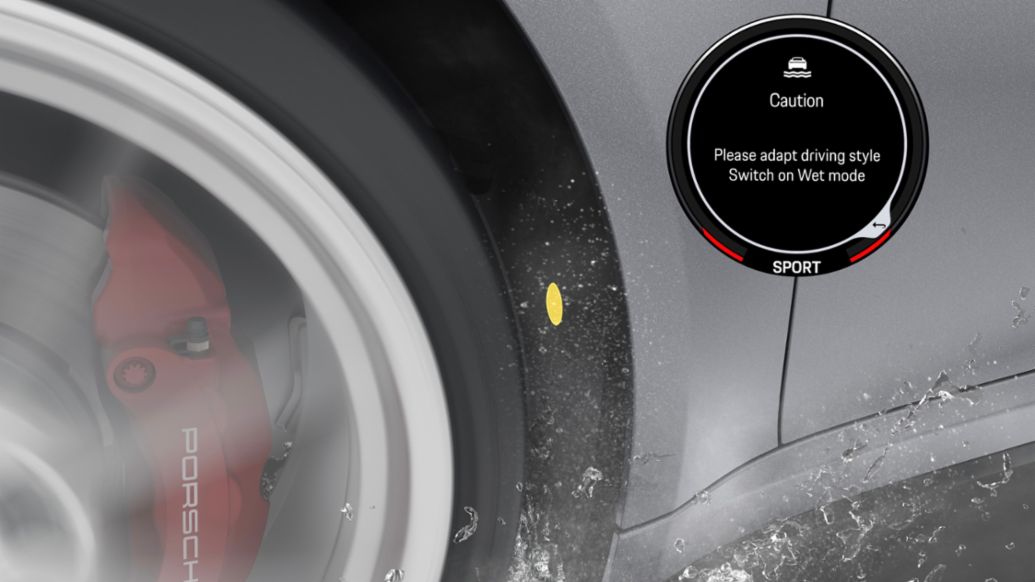
Acoustic sensors in the front wheel houses detect the amount of spray that has been swirled up and can thus decode the road conditions. An effective aid against aquaplaning.
If a wet road condition is detected, the PSM (Porsche Stability Management) and PTM (Porsche Traction Management) systems go into Wet Mode position. The driver is informed of the wet road conditions in the display to the right of the rev counter and it is recommended to switch manually to Wet Mode. It is activated either via the new button bar in the centre console or with the optional Sport Chrono package on the steering wheel.
The effect for the driver is clearly noticeable: the Porsche can be driven even more safely, on any terrain.
So much for the theory. More exciting was the practice at the Passage du Gois ...

